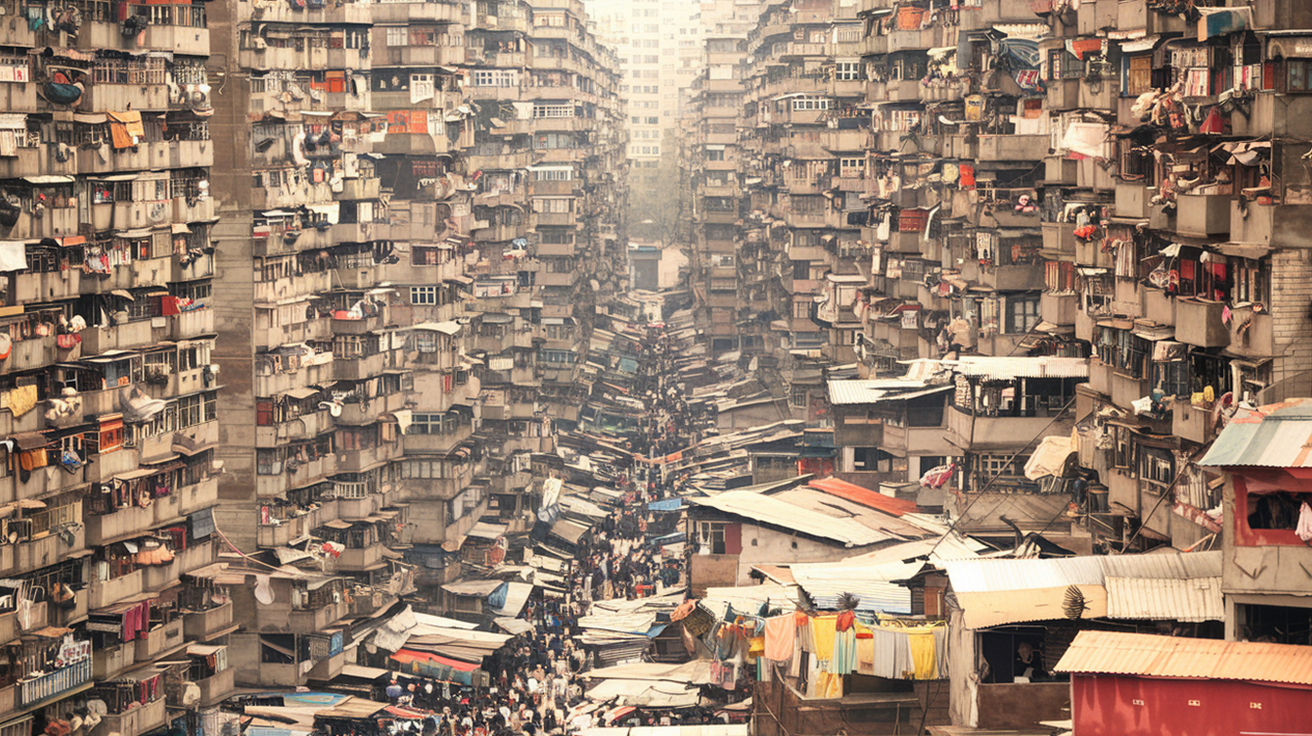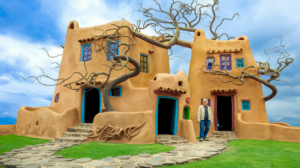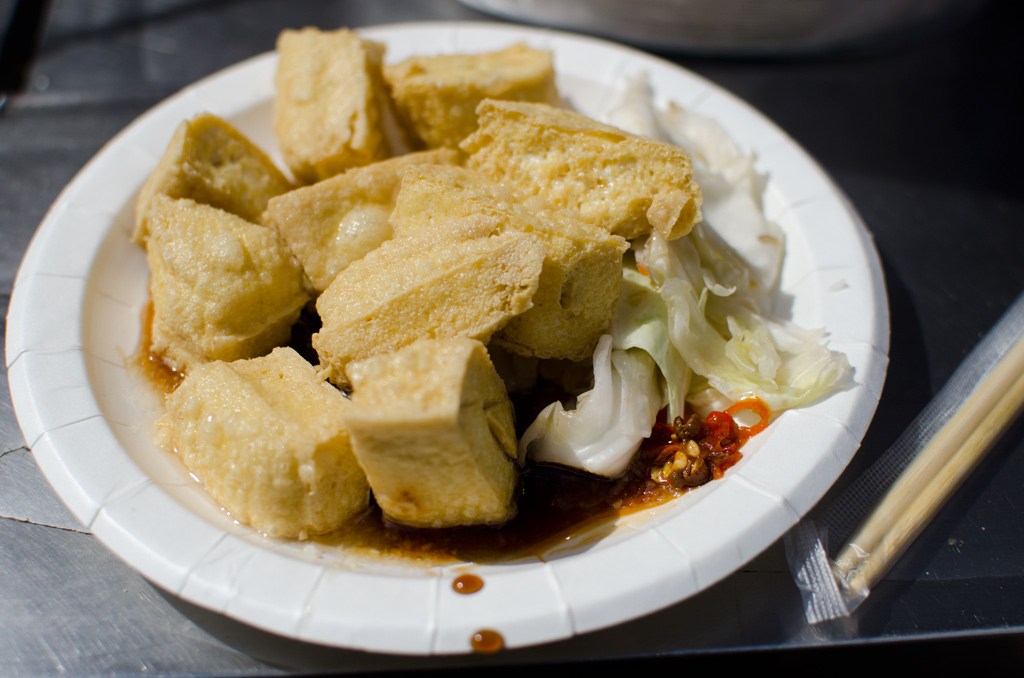As our world keeps getting more crowded, some cities are bursting at the seams, managing to squeeze millions of people into every corner. From the bustling streets of Hong Kong to the historic heart of Damascus, let’s take a look at the places where personal space is a luxury.
17. Mumbai: The Beating Heart of India

As India’s commercial capital, Mumbai packs in over 9 million people and hosts industries from finance to Bollywood. The city is a mix of wealth and poverty, yet its cultural diversity and booming economy make it a must-see metropolis, despite the challenges of urban sprawl.
16. Manila: A Metropolis on the Move

Manila is a sprawling, bustling city with over 21 million residents in its metro area. Rapid urbanization has left its mark, and while infrastructure struggles to keep pace, Manila remains a cultural and historical gem with a resilient, diverse population.
15. Kowloon Walled City: The Lost Jungle of Hong Kong

Before its demolition, Kowloon Walled City was one of the world’s most packed places, housing 33,000 people in just a few square blocks. Known for its maze-like design and lawlessness, it remains a unique symbol of urban survival and self-sufficiency.
14. Malé: Maldives’ Crowded Paradise

Malé, the Maldives’ capital, is home to over 200,000 residents on a slim 8 square kilometers. It serves as the country’s political and economic center and must tackle the challenges of high density with innovative urban solutions to keep up with the needs of its population.
13. Rocinha: A Community With Heart
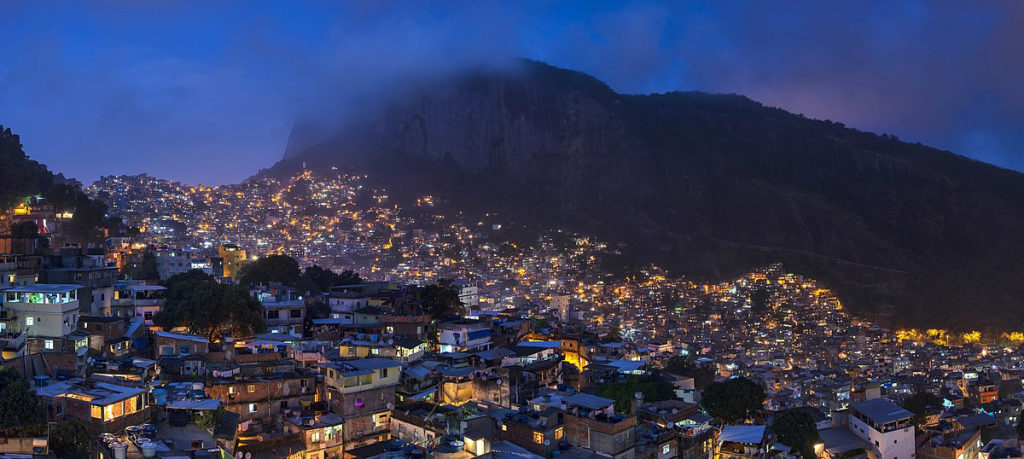
Rocinha, Rio’s largest favela, is a community of resilience, art, and culture. Though poverty and crime are realities here, the spirit and creativity of Rocinha’s residents shine through in vibrant street art, local businesses, and shared spaces.
12. Mong Kok: Hong Kong’s High-Density Haven

Mong Kok, one of the densest neighborhoods in Hong Kong, has a whopping 130,000 people per square kilometer. Though perpetually crowded, it buzzes with energy, combining retail hubs, street markets, and a rich cultural vibe that makes it one of Hong Kong’s most iconic areas.
11. Malabon: Manila’s Overflowing Neighbor

Just north of Manila, Malabon has a density of 23,842 people per square kilometer. The city holds onto its history and heritage while facing the pressures of rapid growth and limited space.Ciri
10. Saint-Josse-ten-Noode: A Melting Pot in Belgium

This Brussels municipality is packed with around 23,234 people per square kilometer. It’s a hotspot for international workers, offering easy access to public transit and a unique multicultural vibe, creating a thriving community in a compact space.
9. Dhaka: Crowded Capital of Bangladesh
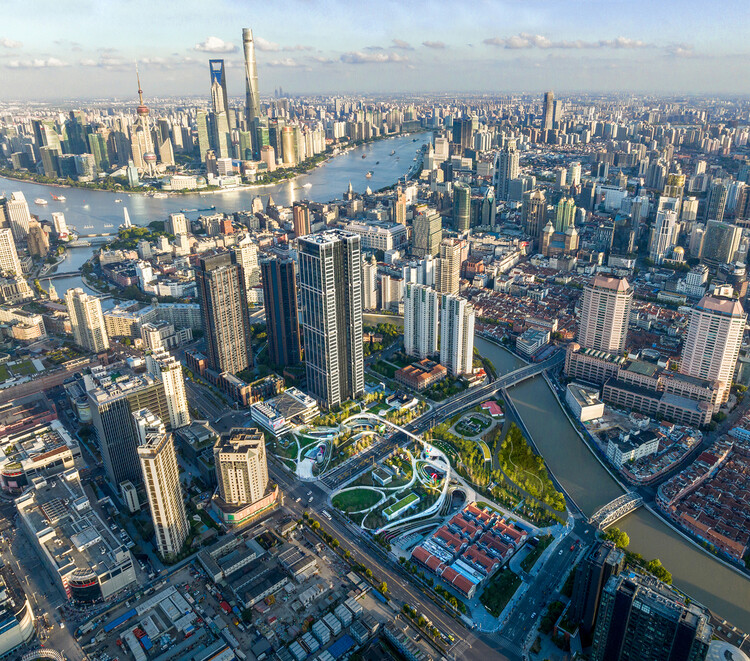
With a density of 47,000 people per square kilometer, Dhaka is Bangladesh’s economic engine, contributing over a fifth of the nation’s GDP. Pollution and traffic are constant challenges, making it one of the least livable cities worldwide despite its economic clout.
8. Hudson River Towers: High Density, High Living

Near New Jersey’s Hudson River, the Galaxy Towers complex is a symbol of modern, high-density living with stunning views and amenities. Its popularity continues to grow, combining convenience with scenic riverfront access.
7. Kolkata: Festival, Food, and Contrast

Kolkata’s rich intellectual history and grand festivals like Durga Puja paint a lively cityscape, home to over 4.6 million residents (14.3 million in the metro area). With charm and grit, Kolkata balances cultural richness against the challenges of overcrowding and economic disparity.
6. Karachi: Pakistan’s Bustling Giant

Karachi, Pakistan’s largest city, packs around 16.8 million people into its metropolitan limits, many of whom live in densely packed areas. Karachi’s vibrant culture, historical sites, and bustling markets reflect its role as a major commercial and cultural hub, though rapid urban growth has strained its infrastructure.
5. Damascus: History Amidst Hardship

Damascus, one of the world’s oldest cities, now faces challenges brought on by the Syrian Civil War. Yet, even through tough times, its cultural richness endures. The Umayyad Mosque and ancient Souk al-Hamidiyah tell stories of a city withstanding the test of time, showcasing a deep cultural resilience.
4. Vijayawada: India’s Cultural Hotspot

Vijayawada, in India’s Andhra Pradesh, boasts an intense population density of roughly 31,200 people per square kilometer. Known for its temples and the colorful Pushkaram river festival, Vijayawada’s economy is booming, making it a vibrant destination for visitors and locals alike.
3. Kathmandu: Preserving Heritage Amid Growth

Kathmandu, Nepal’s capital, is one of the world’s oldest cities, housing over a million people in the Kathmandu Valley. As Nepal’s cultural and economic center, it’s renowned for landmarks like the Swayambhunath Stupa. But rapid urbanization presents challenges, as modern buildings press against centuries-old temples. Kathmandu is committed to preserving its past while adapting to a fast-changing landscape.
2. Guangzhou: Growth in Full Swing
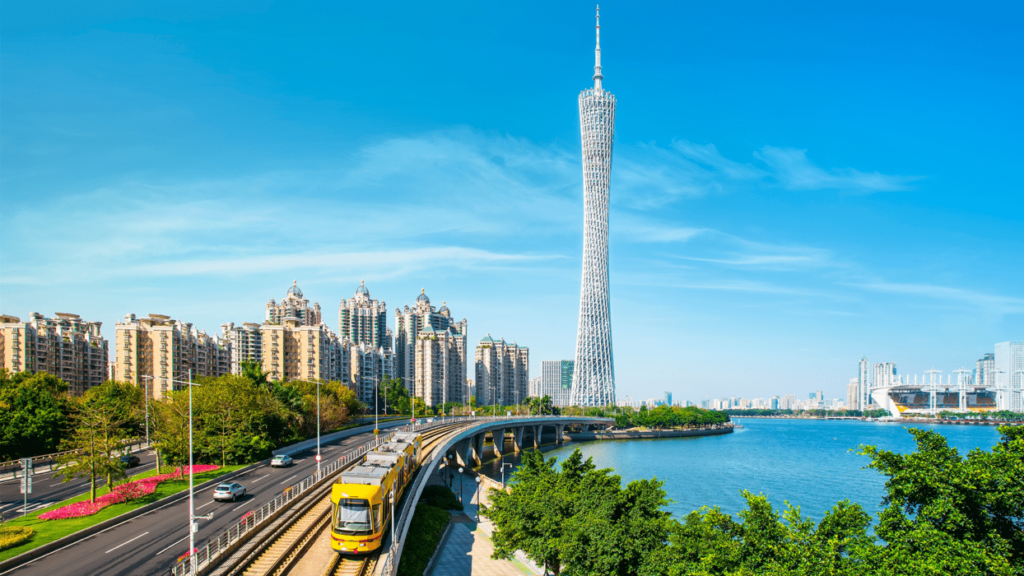
Guangzhou, a short drive from Hong Kong, has a population density of around 2,000 people per square kilometer. With ample land—over 7,400 square kilometers—the city’s population has room to expand. Rich in history as a former Silk Road hub, Guangzhou merges tradition and modernity, poised to become a densely populated powerhouse in the future.
1. Hong Kong: Skyscrapers Meet Street Markets
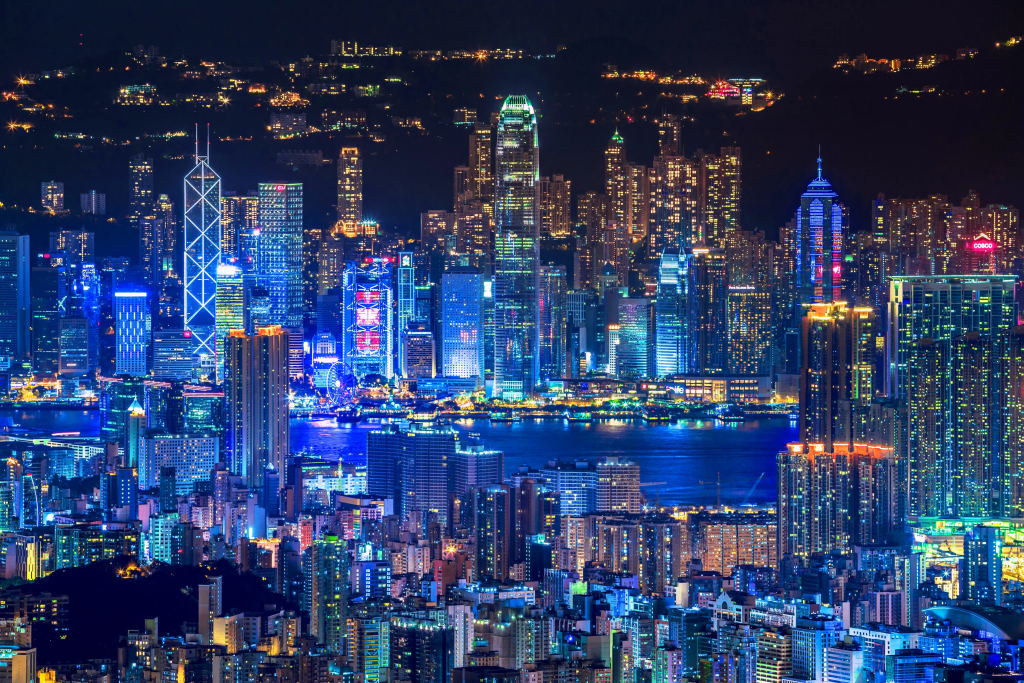
Hong Kong is iconic for its dizzying skyscrapers, packing over 7 million people into a tiny 1,068 square kilometers. Living spaces here are compact, and yet, Hong Kong offers one of the longest life expectancies globally, thanks to its efficient public transit, green spaces, and impressive urban planning. However, the city’s high-rise culture means small apartments and a low birth rate. Yet, it stands as a resilient example of modern city living, constantly adapting to keep quality of life high.


